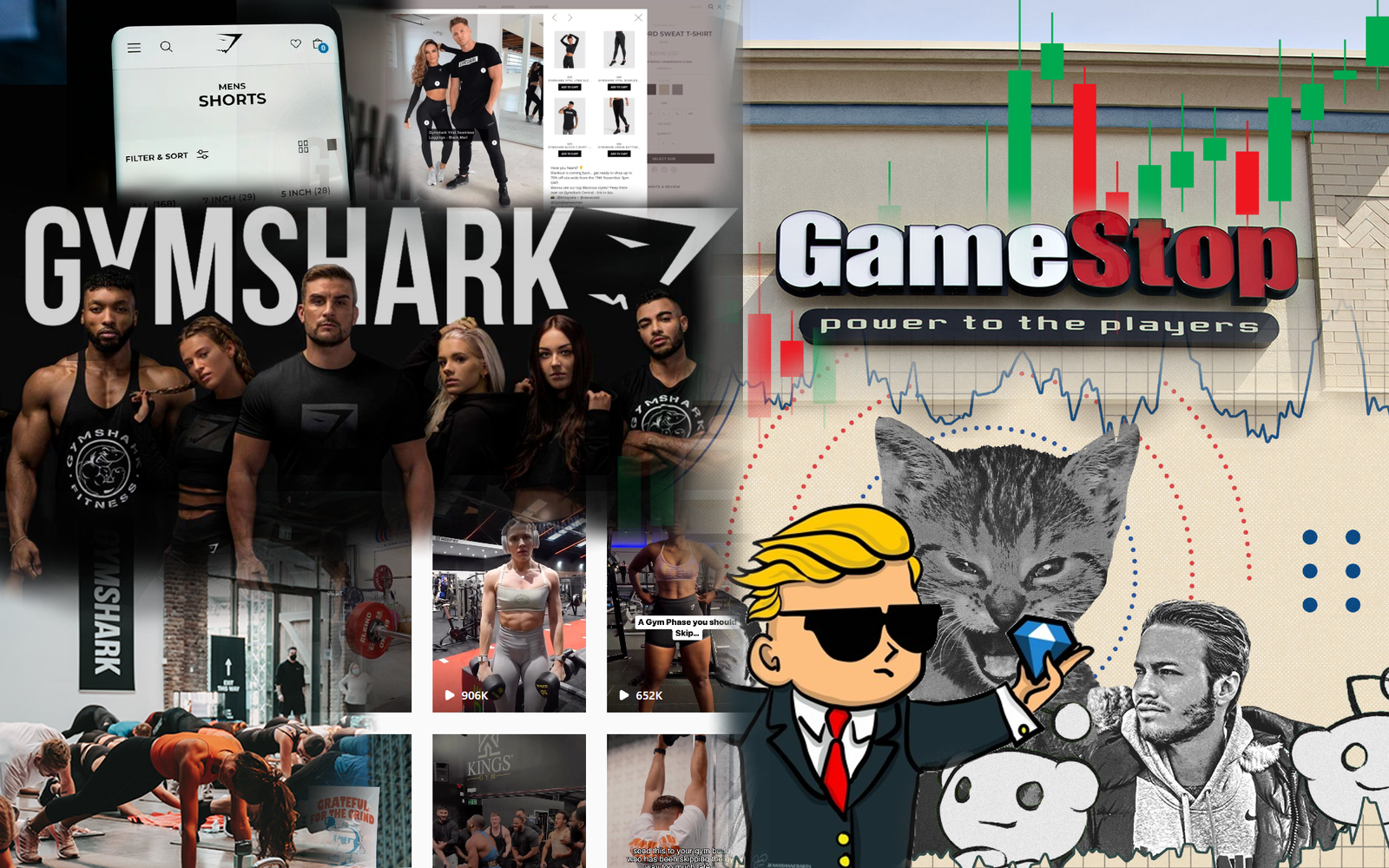Get In Touch
hello@untangld.co
Get In Touch
hello@untangld.co
Follow
|
LinkedIn

We use cookies to make sure you have the best experience on our website. Fear not, we don’t sell your data to third parties.


This chart has been kicking around in agency circles for awhile, usually with a focus on moving brands from wherever they are toward the top-right quadrant: high motivation and low friction. That is, people really want the thing you’re selling and it’s really easy to get or use.
While that enviable, Apple-inspired quadrant is undeniably the best place to be, for most businesses it’s:
Most successful consumer brands double-down on a decision to be bottom-right or top-left (bottom-left is a losing position for obvious reasons: people don’t want the thing, and it’s hard to get or use).
Brands in the top-left are highly focused on scale; low margins, low friction, maximum volume of sales. This is Amazon, selling batteries and toilet paper at a click direct to your door. You almost didn’t notice your bought it.
Brands in the bottom-right are dedicated to brand equity; high margins, maximum motivation (scarcity, status, story), a constant mission to push up perceived value even at the cost of mass scale. Think Ferrari (sold just 13,221 total cars worldwide in 2022) or limited edition sneakers people are willing to line up for hours to get their hands on.
Again, there is no inherently right place to be, and meeting basic category norms in both cases is crucial — but how you choose to differentiate is key.
Chase ‘the dream’ but not for too long, be comfortable choosing a lane. It’s fine to not be Apple (after all, just one of world’s most successful companies is).





